An engine test stand is a facility used to develop, characterize and test engines. The facility, often offered as a product to automotive OEMs, allows engine operation in different operating regimes and offers measurement of several physical variables associated with the engine operation. It is used to perform research and development of engines, to tune in-use engines, typically at service centers or for racing applications or at the end of production line at an OEM factory to secure conformity of production.
A vehicle test bench is the equivalent of the above for the powertrain and the complete vehicle. It is also called roller test bench as the vehicle is fixed on rollers. It is used to verify engine behavior in it’s final environment or to certify pollutants emissions and fuel consumption over a defined cycle.
To understand what is about working with engine and vehicle testing, we have asked several questions to an engineer working in the automotive industry.
Questions to Emmanuel Brice*, Powertrain test engineer at D2T
Could you tell us what is your job about?
Emmanuel Brice: The engine has been designed and must be calibrated to meet certain requirements of fuel consumption, performance and emissions. We act on the engine parameters of the air loop , the fuel loop and other systems. In the life of a project, we always start with the engine test bench because the vehicles are not yet available, then we perform tests on a dynamometer and we finish by hot or cold missions depending on the objectives.
We receive a specification with targets in terms of emissions, fuel consumption and performance. To reach them, we test different sets of parameters according to design of experiments (DOE) provided by PSA internal tools. The difficulty is to define the domain of validity of each parameter. Our deliverable is a calibration and test results to validate a proposed solutions.
What are the abilities and knowledge you’re using the most in your daily work?
E.B.: In terms of knowledge, bases in combustion seem essential. We need to anticipate the impact of actuators on pollutants for example, check trends and be able to extrapolate sometimes. We need a sense of analysis to take a critical look at the test results. In terms of abilities, we learn over time to make the best use of test facilities and interact with the test bench technician.
What are the needed qualities for this job?
E.B.: Rigor, practicality, ability to work in teams, autonomy, and being results oriented.
What kind of software do you use frequently?
E.B.: INCA, Concerto, MDA, VISU, Matlab, Office Pack.
What is the split between technical work and management work in your daily activities?
E.B.: We do about 60% of technical work and the rest is dedicated to project management and people management. The last point is important and necessary for communication with other departments, with the project (which controls the achievement of calibrations), the after-sales teams and the certification bodies.
What are the interactions with other departments of the group?
E.B.: We receive a specification (e.g. the engine must emit x amount of NOx on a given point) from simulation department that is generated from the vehicle data. There is also a strong link with the “test means” team to secure having reliable tests. Finally, in maintenance projects, people involved in the project are asking for small changes, without going through the simulation departement.
Emmanuel Brice, Powertrain test engineer at D2T
Emmanuel Brice has started in D2T in 2010. Before that, he got a double diploma at ESTACA and Southampton University in Sustainable energy technology.

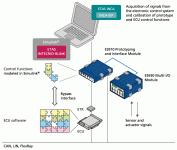
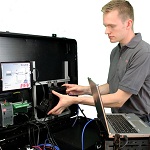
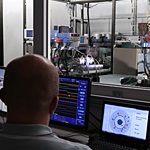
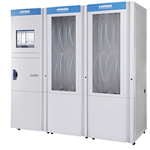

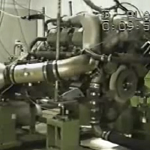

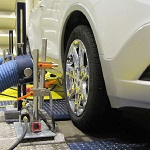
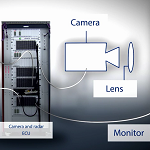
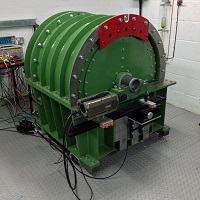
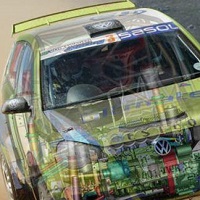
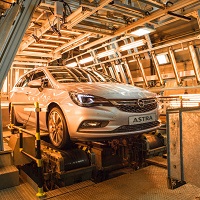

i we love too work with you people. am a good engineer and am just looking for a good engineer work for job
am looking for engineer job